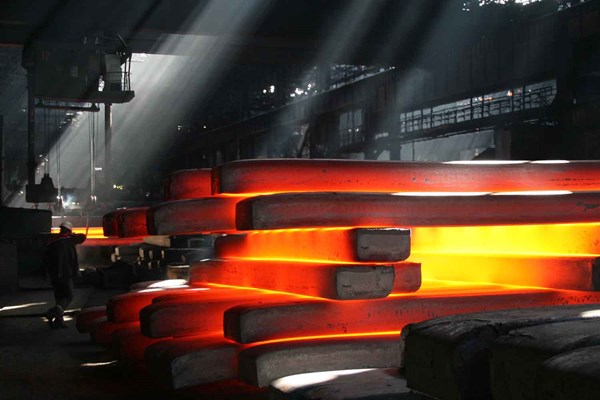Russia faces steel surplus due to supply from Donbas
The Magnitogorsk Iron and Steel Works (MMK) is concerned that there may be a surplus of steel offered on the Russian market due to the growing imports from the so-called Donetsk and Luhansk People’s Republics (DPR and LPR) in eastern Ukraine. The company mentioned this concern in its report for the first quarter of 2019, RBC reports.
MMK also drew attention to steel imports from the Donbas in its fourth quarterly report for 2018: “The price of thick plates was under pressure due to the excess supply for the Russian market from the LPR and DPR at dumping prices.” RBC notes that at the time, it really was a case of dumping, as opposed to a prediction of excess offers in Russia.
Other Russian metallurgical companies, NLMK, Evras, Severstal and Mechel, declined to comment on imports from the Donbas and the expected increased steel supply in Russia. However, a source close to one of these companies admitted that “there really is a sense that the imports from the Donbas are growing”. A source from a different company estimated that the total supply from plants in the Donbas and from Russian long product plants that fall under Gaz-Alyans could be in excess of 1 million tons this year.
Gaz-Alyans is responsible for distributing products from the separatist regions of the Donbas, and is linked to the fugitive Ukrainian businessman Serhiy Kurchenko. In March 2018, it became the sole supplier of coal from the DPR and LPR mines.
Before spring 2017, the metallurgical and coal companies in the separatist Donbas regions were still managed by Ukrainian companies. In March 2017, the DPR and LPR announced their intention to “nationalize” these companies. Since then, the plants have been operated by Vneshtorgservis, which is also linked to Kurchenko.
Vneshtorgservis is now effectively an industrial monopoly in the Donbas territories that are not under the Ukrainian government’s control.
The DPR and LPR are able to supply steel more cheaply due to low production costs, owing to the Russian gas and electricity supply and low staff wages.
